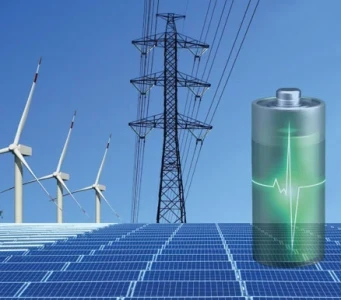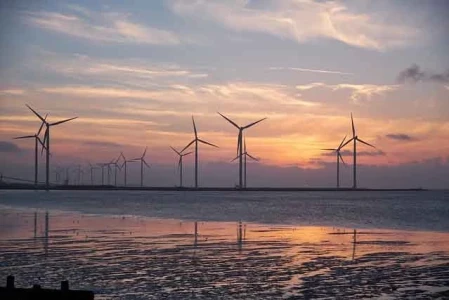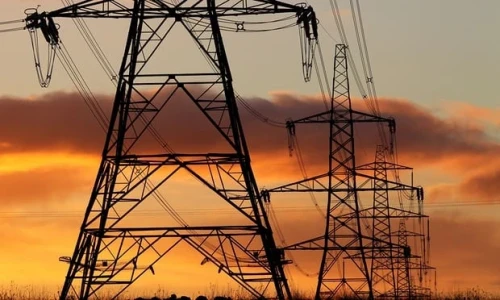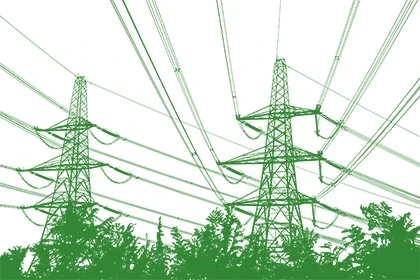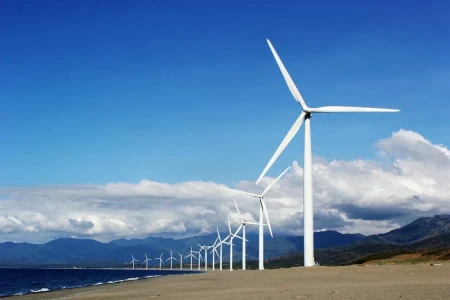Duke Energy Florida Adds 300 MW with Four New Solar Projects

Duke Energy Florida has announced plans to build four new utility-scale solar energy facilities across the state, aimed at adding 300 megawatts (MW) of renewable energy to the grid. This expansion is part of the company’s broader strategy to increase its solar generation capacity and contribute to Florida's clean energy goals. The new solar plants, which will be located in Madison, Sumter, Hernando, and Jefferson counties, are set to provide renewable energy to thousands of homes, further solidifying Duke Energy's role in Florida’s energy transition.
The four solar projects, each expected to generate 74.9 MW, will be known as the Sundance Renewable Energy Center, Half Moon Renewable Energy Center, Rattler Renewable Energy Center, and Bailey Mill Renewable Energy Center. The plans for these sites are included in Duke Energy's recent rate adjustment filing with the Florida Public Service Commission (FPSC), marking a major step forward in the utility's commitment to renewable energy.
Duke Energy has already broken ground on the Sundance, Half Moon, and Rattler projects, which are expected to be in service by January 2026. The Bailey Mill site is currently in the permitting process, with construction scheduled to begin in the summer of 2025. The facility is expected to be operational by the summer of 2026. These four new solar centers will bring the total solar capacity operated by Duke Energy Florida to over 1,800 MW, an impressive increase as the company expands its renewable energy footprint across the state.
Duke Energy Florida has been a major player in the state’s energy sector for years, already owning and operating a network of over 25 solar plants. By 2027, the company plans to build 12 additional solar sites, adding another 900 MW to the grid. This growth will help the utility achieve its goal of having over 6,100 MW of solar energy capacity online by 2033, positioning Duke Energy Florida as one of the leading solar providers in the Southeast.
The company's decision to significantly increase its solar capacity is aligned with broader trends in the energy industry, which is increasingly focused on reducing carbon emissions and transitioning to cleaner, more sustainable energy sources. Florida, with its abundant sunshine, is an ideal location for large-scale solar energy development, and Duke Energy is keen to leverage this advantage to meet both customer demand and state mandates for renewable energy.
The expansion of Duke Energy’s solar portfolio is also part of the utility's efforts to provide its customers with more sustainable and affordable energy options. Solar power is a key element in the company's plans to meet Florida's growing energy needs while simultaneously reducing reliance on fossil fuels. As solar technology continues to improve and become more cost-effective, the company believes that renewable energy sources will play an increasingly important role in ensuring a stable and reliable energy supply for the state’s residents and businesses.
In addition to the environmental benefits of these new solar projects, Duke Energy Florida’s expansion is expected to have significant economic impacts. The construction and operation of these new solar facilities will create jobs, stimulate local economies, and provide tax revenue for the counties in which the sites are located. The projects also align with Florida's clean energy goals, which include reducing greenhouse gas emissions and increasing the share of renewable energy in the state's energy mix.
The decision to focus on solar energy is part of Duke Energy’s broader strategy to transition to a more sustainable energy portfolio. This transition includes investments in a variety of renewable energy sources, including wind, solar, and battery storage technologies. Duke Energy has also made significant strides in modernizing its infrastructure, making it more resilient to extreme weather events and better able to integrate renewable energy into the grid.
One of the challenges of integrating more solar energy into the grid is ensuring that the energy generated during the day can be used when the sun isn’t shining. To address this, Duke Energy is investing in battery storage technologies, which will help store excess solar energy and release it when needed, ensuring a reliable energy supply for customers at all times. The company is also working to upgrade its transmission and distribution systems to accommodate the growing share of renewable energy.
Duke Energy Florida’s plans to build four new solar sites are part of a larger trend in the utility industry, where companies are increasingly focusing on renewable energy as a way to meet growing demand while reducing their environmental impact. Solar energy, in particular, is seen as a key part of the future energy landscape, especially as technology continues to improve and the costs of installation and operation continue to decrease.
Duke Energy Florida’s expansion of its solar energy capacity through the addition of four new solar projects is a significant step forward in the state’s transition to clean energy. These projects will not only increase the company’s renewable energy generation but also help meet Florida's energy needs while supporting the state’s clean energy goals. As solar technology continues to advance and costs continue to fall, the role of solar energy in the U.S. energy landscape is expected to grow, and Duke Energy is positioning itself at the forefront of this transition. The company’s efforts to enhance its solar portfolio reflect its commitment to sustainability, reliability, and long-term growth.

